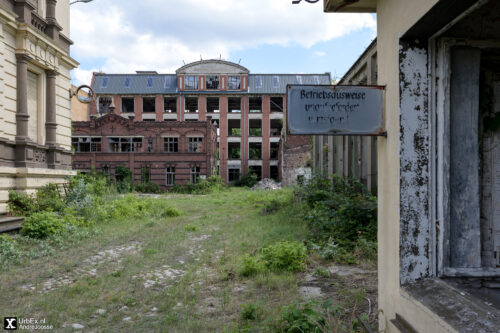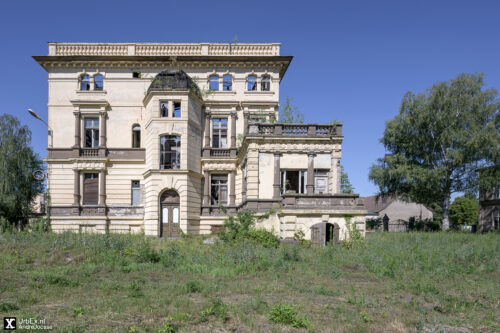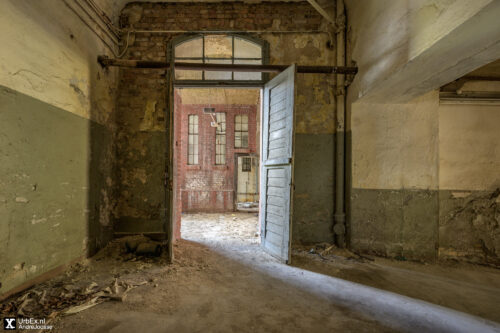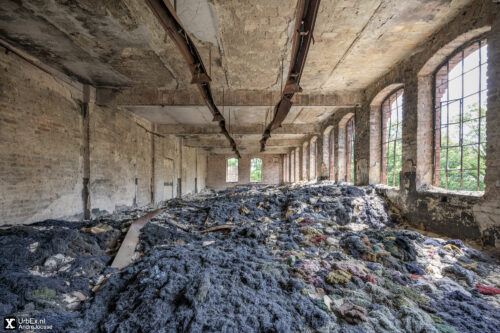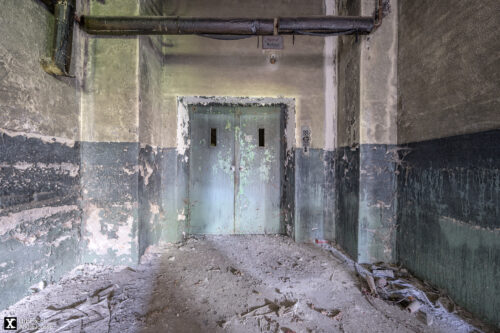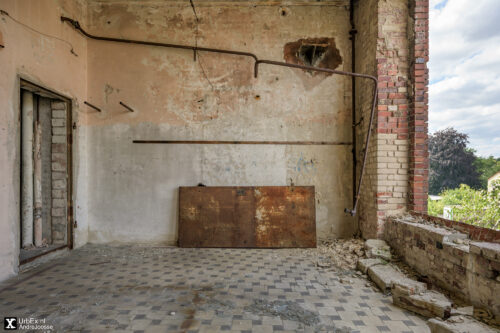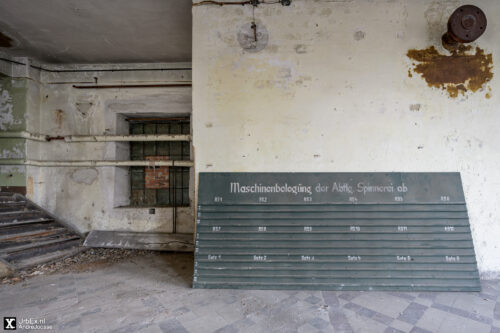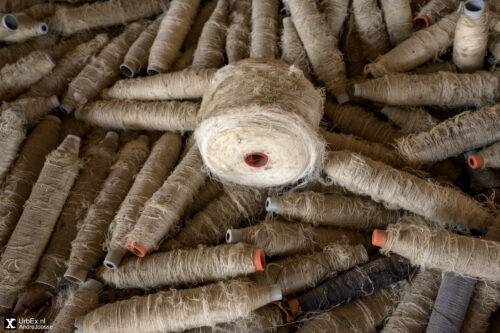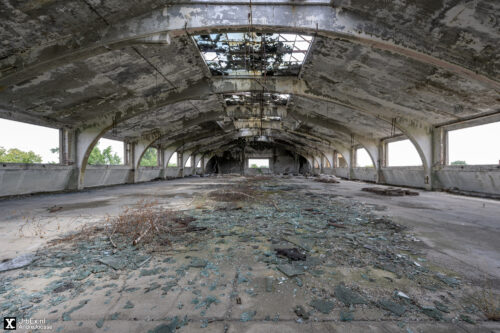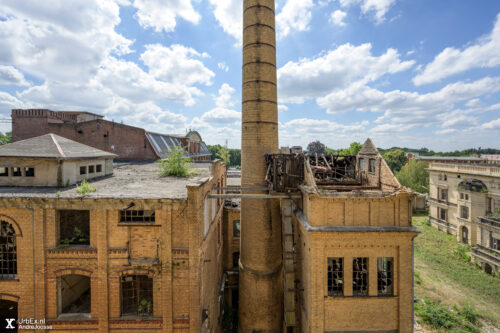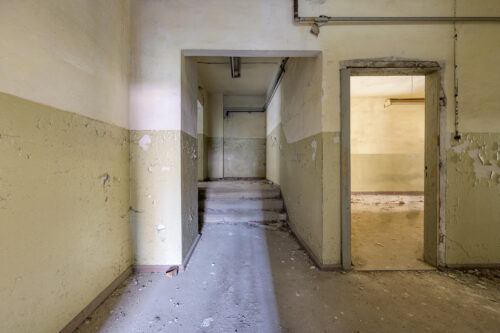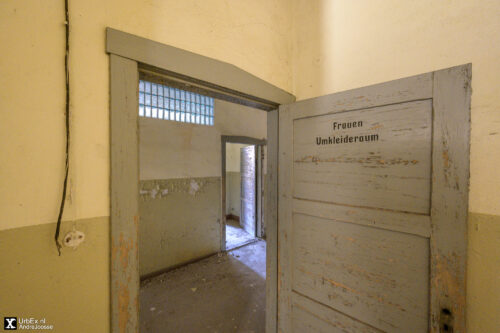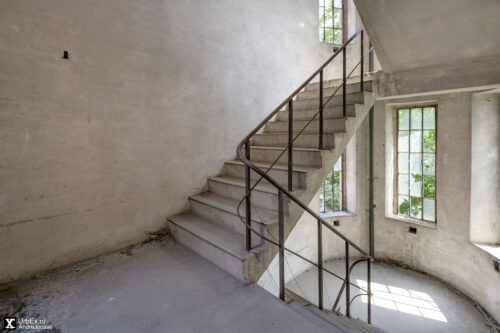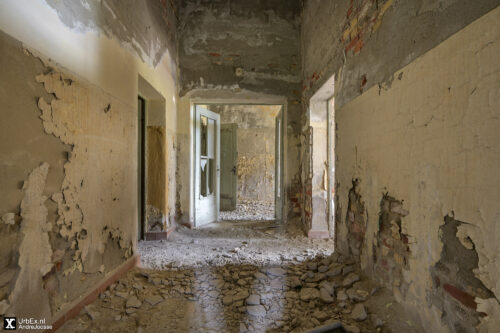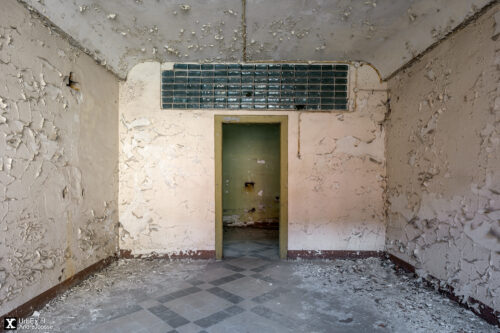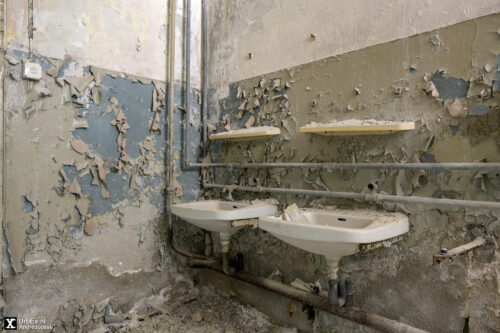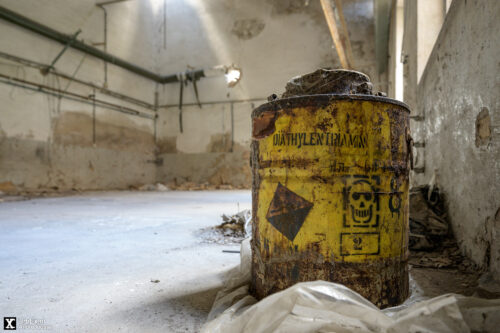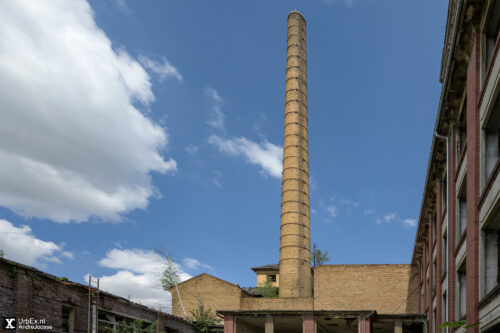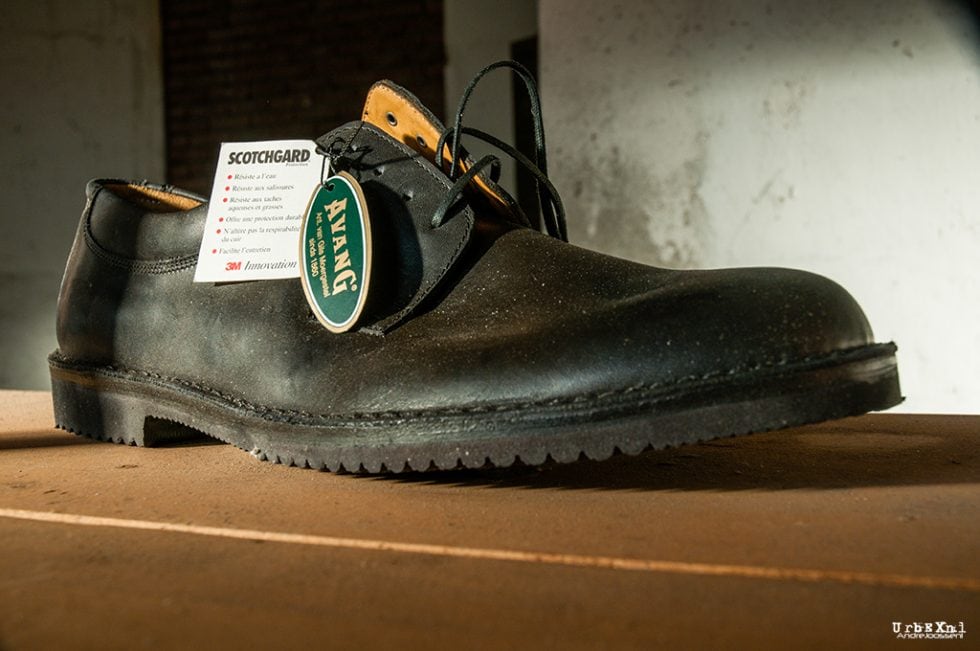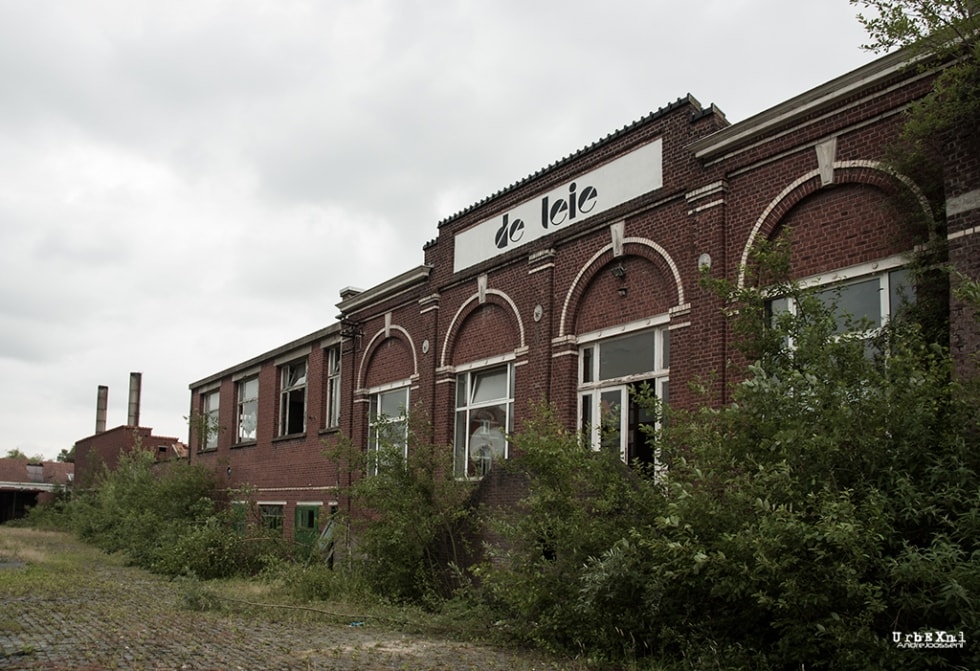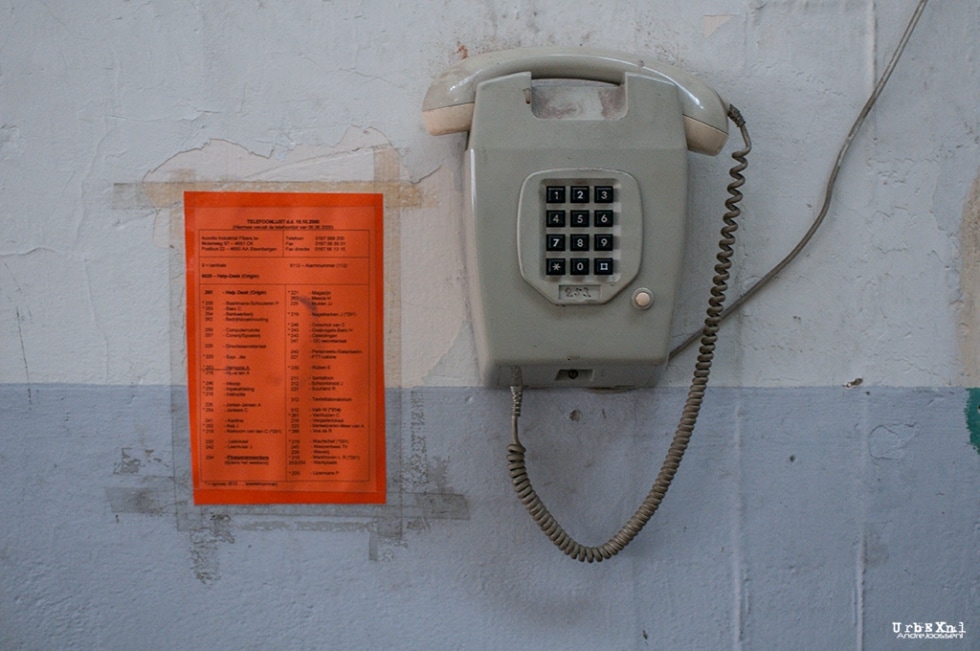Forster Feintuchwerke
Forster Feintuchwerke is an abandoned textile factory in Forst, Germany. It was built in 1884 and closed after the unification of Germany in 1992. Its smokestacks, once belching plumes of industry, now stood silent against the sky. The factory had been a hub of activity—a symphony of clanging gears, hissing steam, and the rhythmic beat of machinery. But time had eroded its grandeur, leaving behind a haunting echo.
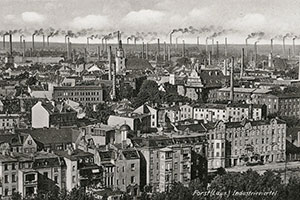
Forst, the small town on the Neisse, was once a proud textile metropolis. In 1895, almost 200 factories produced fabrics here, and in 1920 every fifth person in Germany wore a suit made from Forster cloth. In 1844, the town of Forst installed its first steam engine, marking the commencement of the industrial era. Simultaneously, numerous cloth factories and suppliers established themselves along the banks of the Neisse River
Adolf Noack and Hermann Bergami
In 1876 Adolf Noack rented a room in Forst and started producing cloth on four looms. It was a success and as a result the company continued to expand. Noack finally began to build a new factory in 1884. The new area had space for several factory buildings and villas for the owners of the factories. The site even had its own connection to the Forster industrial railway. The following years were extremely successful.
In 1899, industrialist Hermann Bergami constructed a textile factory on the same site. However, this did not deter Noack from expanding, and they erected a new factory in 1925. By the end of the 1930s, approximately 400 thousand pieces of cloth were being manufactured on 190 looms annually¹.
DDR
Following 1945, most factories were dismantled by the Soviets and shipped to the Soviet Union. However, the Noack textile factory remained and, under order number 64 from the ‘Supreme Chief of the Soviet Military Administration’, it was nationalized as the ‘VEB Vereinigte Feintuchwerke’. Subsequently, in 1969, the ‘VEB Forster Feintuchfabriken’ was established. It was consolidated into the ‘Textilkombinat Cottbus’ a year later. The original Noack factory, constructed with yellow bricks, was renamed ‘Werk I’, while the Bergami factory, built with red bricks, became ‘Werk II’.
Following the German reunification, the factories were closed in 1992. In 2020, I toured the deserted Forster Feintuchwerke. With each click of my camera, I captured fragments of the Forgotten Factory’s soul. The peeling paint, the fractured glass, the twisted metal—all whispered secrets. In 2021, an investor acquired the site and its buildings, which are slated for redevelopment.
